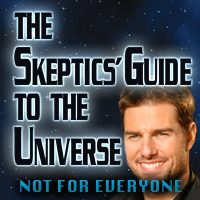 Yesterday I finished
Yesterday I finished I found it unusual how he suddenly pleads for the connoisseurs at the end: 'Here too -at least in so far as the Disciples is concerned - the blame does not lie with the historical experts.'.
But then in the following sentence he does slap them on the wrist: 'It would have been advisable, however, in the interests of prudence, to have submitted this painting to a laboratory examination, prior to concluding the purchase.'
Mihi.
Another very good part in his conclusion: 'I am glad to say that, in this case, historical documentation has produced evidence even more valuable than scientific proof, since it can be understood by all, whereas the latter is fully appreciated only by a small minority and might not convince the general public.'
 And more on the subject of science: 'Natural sciences can undoubtedly provide a more objective view than aesthetics and history of art, thus helping to solve certain artistic problems. However, the merit of results obtained - as is the case with all so-called exact sciences - is in proportion to the precision of the method and the sensitivity of the apparatus used, as well as dependant on the degree of accuracy in the interpretation of documents. Moreover - and this is the basis of all scientific reasoning - all partial results must converge to the same final conclusion. The correct answer is subject to a genuine appreciation of the various factors. Yes or no is therefore frequently replaced by the more prudent possibly or probably.'
And more on the subject of science: 'Natural sciences can undoubtedly provide a more objective view than aesthetics and history of art, thus helping to solve certain artistic problems. However, the merit of results obtained - as is the case with all so-called exact sciences - is in proportion to the precision of the method and the sensitivity of the apparatus used, as well as dependant on the degree of accuracy in the interpretation of documents. Moreover - and this is the basis of all scientific reasoning - all partial results must converge to the same final conclusion. The correct answer is subject to a genuine appreciation of the various factors. Yes or no is therefore frequently replaced by the more prudent possibly or probably.'



No comments:
Post a Comment